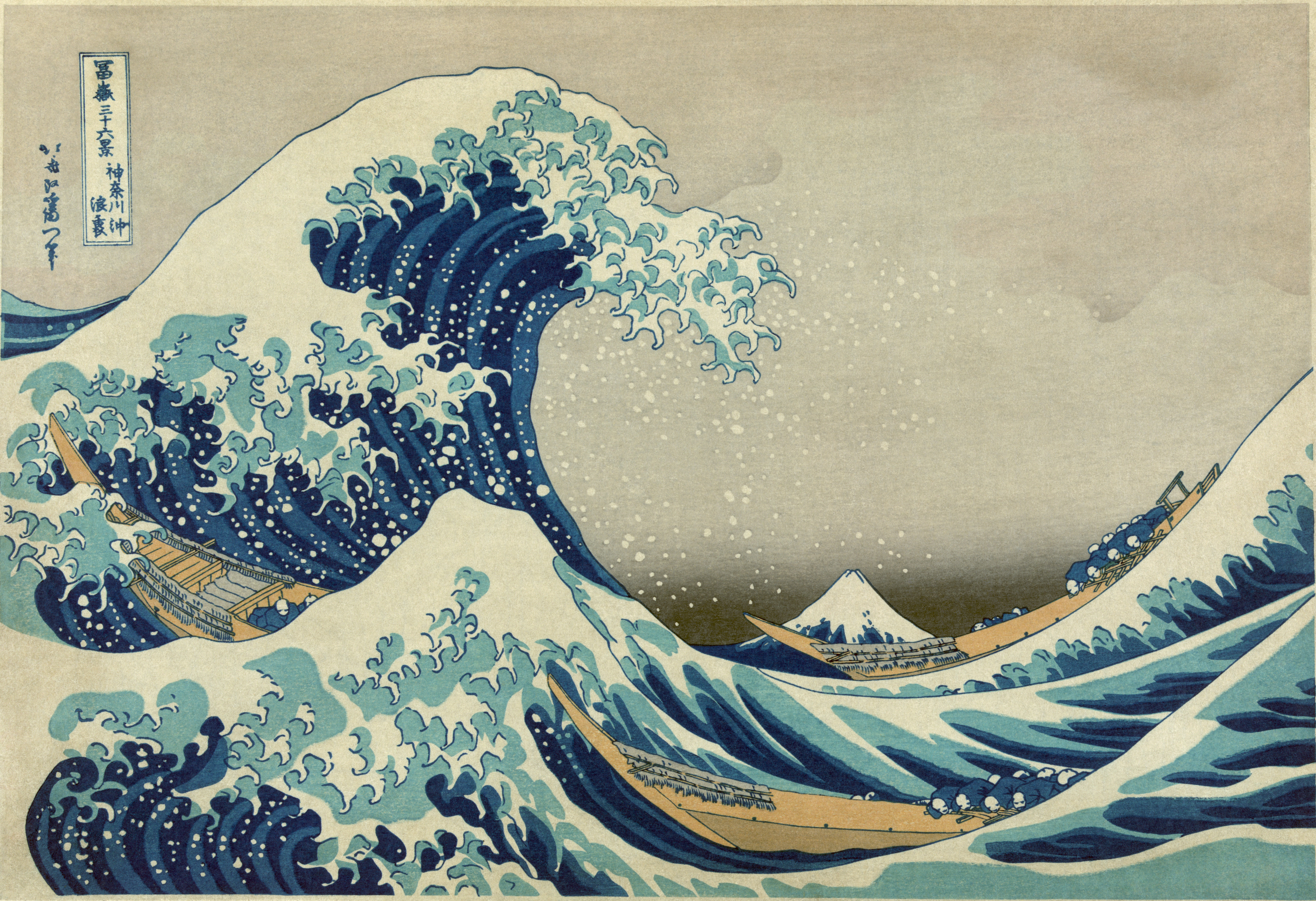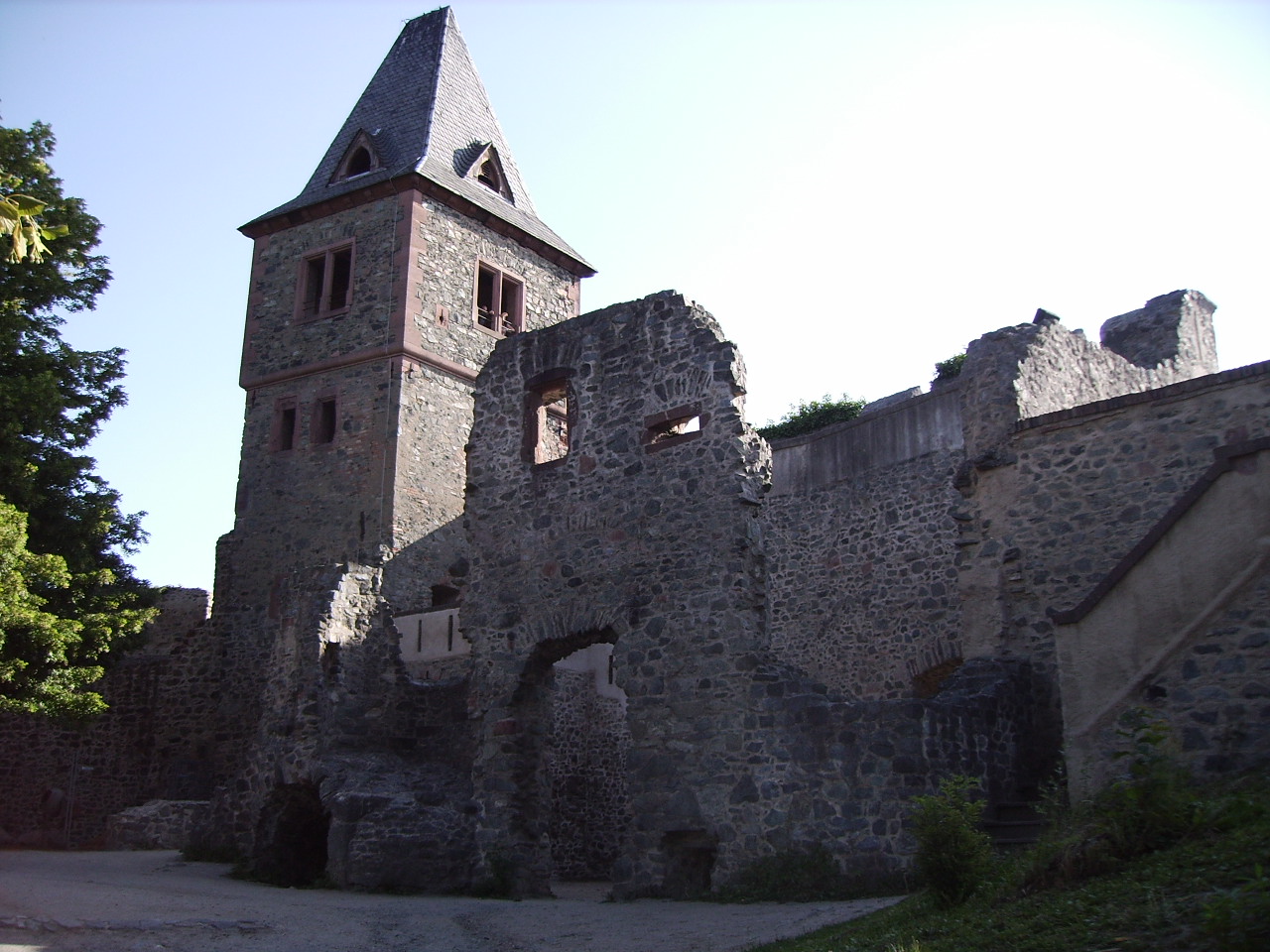|
Johann Konrad Dippel
Johann Konrad Dippel, also spelled Johann Conrad Dippel (10 August 1673 – 25 April 1734), was a German Pietist theologian, physician, alchemist and occultist. Life Dippel was born at Castle Frankenstein near Mühltal and Darmstadt, and therefore once at his school the addendum ''Franckensteinensis'' and once at his university the addendum ''Franckensteina-Strataemontanus'' was used. He studied theology, philosophy and alchemy at the University of Giessen, obtaining a master's degree in theology in 1693. He published many theological works under the name Christianus Demócritus, and most of them are still preserved. Circa 1700, he turned to Hermetic studies and alchemy as a key to nature. Between 1700 and 1702, he engaged in a bitter dispute with the Reformed Court Preacher Conrad Broeske in Offenbach, with whom he shared millenarian hopes for soon-coming renewal in Christendom. He accused Broeske of compromise and collusion with the authorities after Broeske refused to publis ... [...More Info...] [...Related Items...] OR: [Wikipedia] [Google] [Baidu] |
Cult
In modern English, ''cult'' is usually a pejorative term for a social group that is defined by its unusual religious, spiritual, or philosophical beliefs and rituals, or its common interest in a particular personality, object, or goal. This sense of the term is controversial and weakly defined—having divergent definitions both in popular culture and academia—and has also been an ongoing source of contention among scholars across several fields of study. Richardson, James T. 1993. "Definitions of Cult: From Sociological-Technical to Popular-Negative." ''Review of Religious Research'' 34(4):348–56. . . An older sense of the word involves a set of religious devotional practices that are conventional within their culture, related to a particular figure, and often associated with a particular place. References to the "cult" of a particular Catholic saint, or the imperial cult of ancient Rome, for example, use this sense of the word. While the literal and original sense of ... [...More Info...] [...Related Items...] OR: [Wikipedia] [Google] [Baidu] |
Astral Projection
Astral projection (also known as astral travel) is a term used in esotericism to describe an intentional out-of-body experience (OBE) that assumes the existence of a subtle body called an " astral body" through which consciousness can function separately from the physical body and travel throughout the astral plane.Robert L. Park. (2008). ''Superstition: Belief in the Age of Sciences''. Princeton University Press. pp. 90–91. . The idea of astral travel is ancient and occurs in multiple cultures. The modern terminology of "astral projection" was coined and promoted by 19th-century Theosophists. It is sometimes reported in association with dreams and forms of meditation. Some individuals have reported perceptions similar to descriptions of astral projection that were induced through various hallucinogenic and hypnotic means (including self-hypnosis). There is no scientific evidence that there is a consciousness whose embodied functions are separate from normal neural activity ... [...More Info...] [...Related Items...] OR: [Wikipedia] [Google] [Baidu] |
Cadaver
A cadaver or corpse is a dead human body that is used by medical students, physicians and other scientists to study anatomy, identify disease sites, determine causes of death, and provide tissue to repair a defect in a living human being. Students in medical school study and dissect cadavers as a part of their education. Others who study cadavers include archaeologists and arts students. The term ''cadaver'' is used in courts of law (and, to a lesser extent, also by media outlets such as newspapers) to refer to a dead body, as well as by recovery teams searching for bodies in natural disasters. The word comes from the Latin word ''cadere'' ("to fall"). Related terms include ''cadaverous'' (resembling a cadaver) and ''cadaveric spasm'' (a muscle spasm causing a dead body to twitch or jerk). A cadaver graft (also called “postmortem graft”) is the grafting of tissue from a dead body onto a living human to repair a defect or disfigurement. Cadavers can be observed for their sta ... [...More Info...] [...Related Items...] OR: [Wikipedia] [Google] [Baidu] |
Soul
In many religious and philosophical traditions, there is a belief that a soul is "the immaterial aspect or essence of a human being". Etymology The Modern English noun ''soul'' is derived from Old English ''sāwol, sāwel''. The earliest attestations reported in the ''Oxford English Dictionary'' are from the 8th century. In King Alfred's translation of ''De Consolatione Philosophiae'', it is used to refer to the immaterial, spiritual, or thinking aspect of a person, as contrasted with the person's physical body; in the Vespasian Psalter 77.50, it means "life" or "animate existence". The Old English word is cognate with other historical Germanic terms for the same idea, including Old Frisian ''sēle, sēl'' (which could also mean "salvation", or "solemn oath"), Gothic ''saiwala'', Old High German ''sēula, sēla'', Old Saxon ''sēola'', and Old Norse ''sāla''. Present-day cognates include Dutch ''ziel'' and German ''Seele''. Religious views In Judaism and in some Christian d ... [...More Info...] [...Related Items...] OR: [Wikipedia] [Google] [Baidu] |
Necromancy
Necromancy () is the practice of magic or black magic involving communication with the dead by summoning their spirits as apparitions or visions, or by resurrection for the purpose of divination; imparting the means to foretell future events; discovery of hidden knowledge; returning a person to life, or to use the dead as a weapon. Sometimes referred to as "death magic," the term is used in a more general sense to refer to black magic or witchcraft. The word ''necromancy'' is adapted from Late Latin : a loan word from the post-Classical Greek (), a compound of Ancient Greek (, or 'dead body') and (, or 'divination'). The Koine Greek compound form was first documented in the writings of Origen of Alexandria in the 3rd century AD. The Classical Greek term was (), from the episode of the ''Odyssey'' in which Odysseus visits the realm of the dead souls, and in Hellenistic Greek; in Latin, and ''necromancy'' in 17th-century English. Antiquity Early necromancy was related ... [...More Info...] [...Related Items...] OR: [Wikipedia] [Google] [Baidu] |
Anachronism
An anachronism (from the Ancient Greek, Greek , 'against' and , 'time') is a chronology, chronological inconsistency in some arrangement, especially a juxtaposition of people, events, objects, language terms and customs from different time periods. The most common type of anachronism is an object misplaced in time, but it may be a verbal expression, a technology, a philosophical idea, a musical style, a material, a plant or animal, a custom, or anything else associated with a particular period that is placed outside its proper temporal domain. (An example of that would be films including non-avian dinosaurs and prehistoric human beings living side by side, but they were, in reality, millions of years apart.) An anachronism may be either intentional or unintentional. Intentional anachronisms may be introduced into a literary or artistic work to help a contemporary audience engage more readily with a historical period. Anachronism can also be used intentionally for purposes of rh ... [...More Info...] [...Related Items...] OR: [Wikipedia] [Google] [Baidu] |
Nitroglycerin
Nitroglycerin (NG), (alternative spelling of nitroglycerine) also known as trinitroglycerin (TNG), nitro, glyceryl trinitrate (GTN), or 1,2,3-trinitroxypropane, is a dense, colorless, oily, explosive liquid most commonly produced by nitrating glycerol with white fuming nitric acid under conditions appropriate to the formation of the nitric acid ester. Chemically, the substance is an organic nitrate compound rather than a nitro compound, but the traditional name is retained. Invented in 1847 by Ascanio Sobrero, nitroglycerin has been used ever since as an active ingredient in the manufacture of explosives, namely dynamite, and as such it is employed in the construction, demolition, and mining industries. Since the 1880s, it has been used by militaries as an active ingredient and gelatinizer for nitrocellulose in some solid propellants such as cordite and ballistite. It is a major component in double-based smokeless propellants used by reloaders. Combined with nitrocellulose, hund ... [...More Info...] [...Related Items...] OR: [Wikipedia] [Google] [Baidu] |
Anatomy
Anatomy () is the branch of biology concerned with the study of the structure of organisms and their parts. Anatomy is a branch of natural science that deals with the structural organization of living things. It is an old science, having its beginnings in prehistoric times. Anatomy is inherently tied to developmental biology, embryology, comparative anatomy, evolutionary biology, and phylogeny, as these are the processes by which anatomy is generated, both over immediate and long-term timescales. Anatomy and physiology, which study the structure and function (biology), function of organisms and their parts respectively, make a natural pair of related disciplines, and are often studied together. Human anatomy is one of the essential basic research, basic sciences that are applied in medicine. The discipline of anatomy is divided into macroscopic scale, macroscopic and microscopic scale, microscopic. Gross anatomy, Macroscopic anatomy, or gross anatomy, is the examination of an ... [...More Info...] [...Related Items...] OR: [Wikipedia] [Google] [Baidu] |
Prussian Blue
Prussian blue (also known as Berlin blue, Brandenburg blue or, in painting, Parisian or Paris blue) is a dark blue pigment produced by oxidation of ferrous ferrocyanide salts. It has the chemical formula Fe CN)">Cyanide.html" ;"title="e(Cyanide">CN) Turnbull's blue is chemically identical, but is made from different reagents, and its slightly different color stems from different impurities and particle sizes. Prussian blue was the first modern synthetic pigment. It is prepared as a very fine colloidal dispersion, because the compound is not soluble in water. It contains variable amounts of other ions and its appearance depends sensitively on the size of the colloidal particles. The pigment is used in paints, and it is the traditional "blue" in blueprints, and became prominent in 19th-century () Japanese woodblock prints. In medicine, orally administered Prussian blue is used as an antidote for certain kinds of heavy metal poisoning, e.g., by thallium(I) and radioactive is ... [...More Info...] [...Related Items...] OR: [Wikipedia] [Google] [Baidu] |
Potassium Carbonate
Potassium carbonate is the inorganic compound with the formula K2 CO3. It is a white salt, which is soluble in water. It is deliquescent, often appearing as a damp or wet solid. Potassium carbonate is mainly used in the production of soap and glass. History Potassium carbonate is the primary component of potash and the more refined pearl ash or salts of tartar. Historically, pearl ash was created by baking potash in a kiln to remove impurities. The fine, white powder remaining was the pearl ash. The first patent issued by the US Patent Office was awarded to Samuel Hopkins in 1790 for an improved method of making potash and pearl ash. In late 18th-century North America, before the development of baking powder, pearl ash was used as a leavening agent for quick breads. Production Potassium carbonate is prepared commercially by the reaction potassium hydroxide with carbon dioxide: : 2 KOH + CO2 → K2CO3 + H2O From the solution crystallizes the sesquihydrate K2CO3·H2O ("potash ... [...More Info...] [...Related Items...] OR: [Wikipedia] [Google] [Baidu] |
Castle Frankenstein
Frankenstein Castle (german: Burg Frankenstein) is a hilltop castle in the Odenwald overlooking the city of Darmstadt in Germany. This castle may have been an inspiration for Mary Shelley when she wrote her 1818 Gothic novel ''Frankenstein; or, The Modern Prometheus''. Location Frankenstein Castle is in southern Hesse, Germany, on the spurs of the Odenwald mountain range at an elevation of close to the southern outskirts of Darmstadt. It is one of many historic castles along the Hessian Bergstraße Route, also famous for its vineyards and its mild climate. Meaning of "Frankenstein" Frankenstein is a German name consisting of two words: The Franks are a Germanic tribe and "stein" is the German word for "stone". Accordingly, the meaning of Frankenstein is "Stone of the Franks". The word "stein" is common in names of landscapes, places and castles in Germany. Consequently, the term "Frankenstein" is a rather ordinary name for a castle in this region. History Before 1250, ... [...More Info...] [...Related Items...] OR: [Wikipedia] [Google] [Baidu] |








